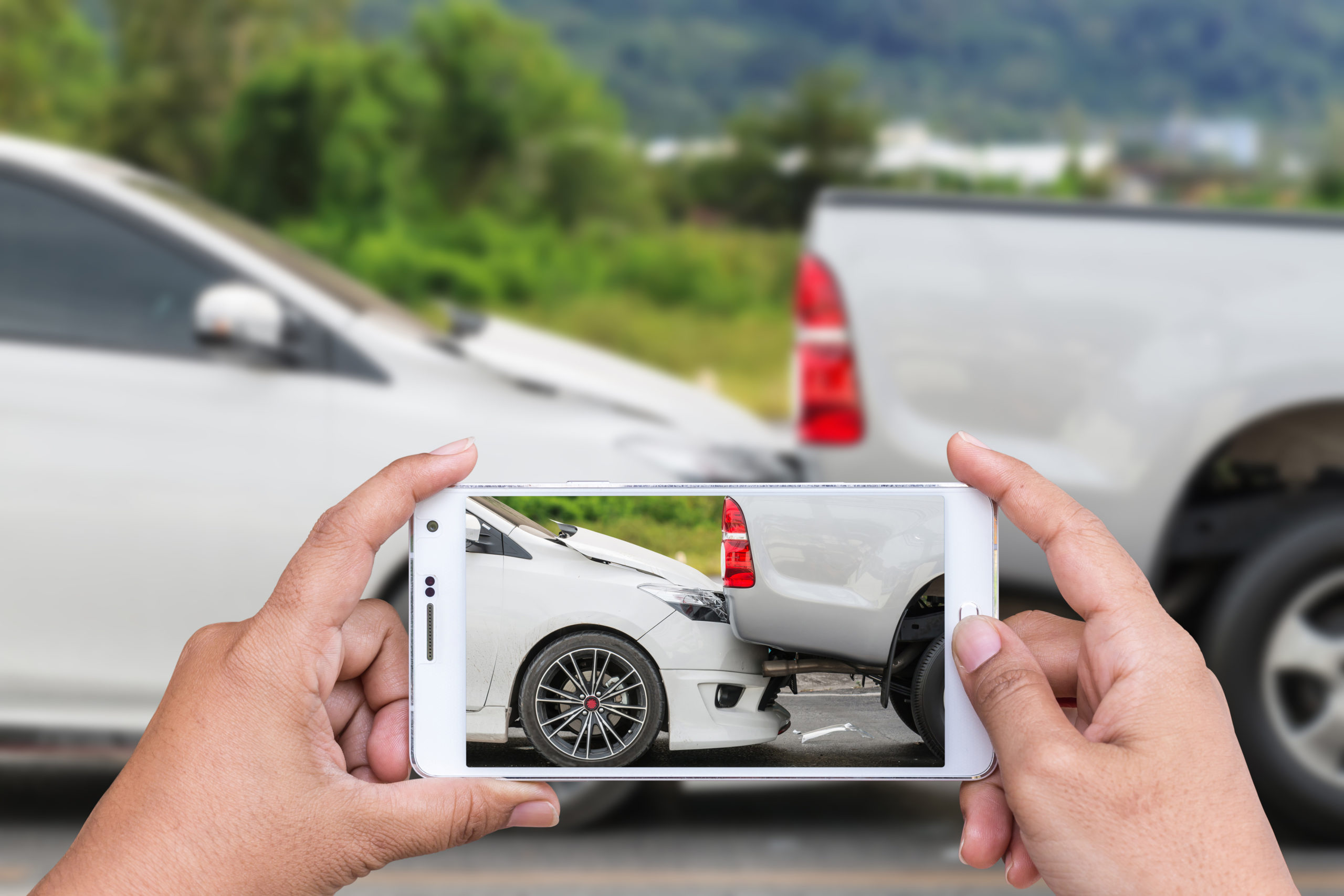Typically, people tend to think that whoever rear-ended another car is the fault of the person driving behind the car. The usual assumption is that he or she was following too closely, thus causing the collision. It sounds logical, but it’s not always true.
When the rear driver is at fault
It is true that most rear-end collisions are due to the rear driver’s negligence. Some negligent actions can include the following, all resulting in the vehicle following too closely.
- Aggressive driving behaviors such as speeding, weaving in and out of lanes, and tailgating
- Distracted driving including changing the radio station, reaching for something, texting, talking on the phone, reading and personal grooming
- Driving under the influence of drugs or alcohol known to cause impaired judgment regarding speed, distance from the vehicle in front, and breaking distance
- Fatigued driving can cause the driver to lose concentration, or fall asleep at the wheel
- Failure to take into account poor weather road conditions
When the driver in front is at fault
There are instances when the driver in front is at fault, for some of the same reasons a rear driver can be negligent. Front drivers can cause rear-end accidents in the following scenarios.
- Failure to properly merge in traffic
- Irresponsible driving such as frequent lane changes, cutting other vehicles off, and other aggressive driving behaviors that do not allow adequate time for the rear driver to stop in time
- Inattentive driving such as having to slam on the brakes to avoid hitting the car in front of them
- Broken tail lights making it hard to see the back of the car at night or in poor weather, and making it hard to tell when the front driver is braking to slow down or stop
- Lack of visibility markings on the back of pick-up trucks, trailers, and big rigs
There can be other drivers who may be liable in a rear-end accident when there is a multi-car pileup. If one or more cars are driving too closely and the rear-most car hits the vehicle in front of him, this can cause a chain reaction known as a “chain link” accident. In such a situation, multiple parties can be at fault.
If you have been in a rear-end accident in Florida, either as the driver of the car in the rear, the driver in the middle, or the driver in front, you may need to contact a personal injury lawyer to determine which driver was really at fault and whether you have legal recourse.
If you suffered injuries in a rear-end accident, you might be entitled to rightful compensation. If you’d like A Car Wreck Pro® from JR Law to evaluate your case, please send us an email or call (305) 300-2702.
